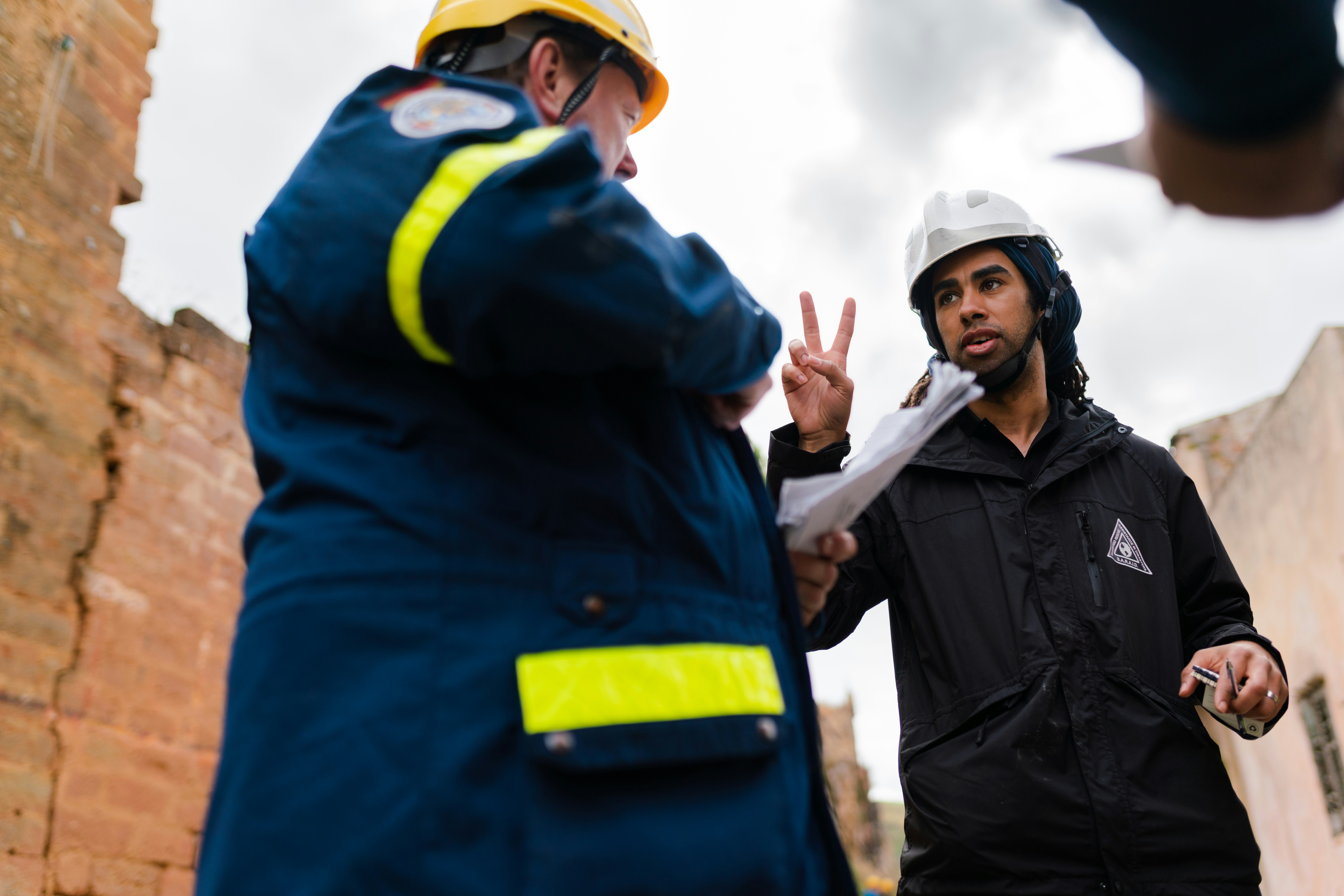When technology systems are treated as an afterthought — or piece-mealed out to different vendors without a unified plan — it often leads to coordination conflicts, costly rework, and underperforming spaces.
But when technology experts are integrated during early design phases, MEP firms can avoid common pitfalls — and deliver smarter, more future-ready projects.
Here’s why early collaboration matters — and what it makes possible:
Clarity on Use Cases and Basis of Design (BOD)
When we engage early, we work closely with the owner, architect, and MEP team to understand the purpose of the space and define the specific use cases that need to be supported — whether it's flexible workspaces, secure residential access, IoT-enabled systems, or smart amenities.
- We facilitate conversations (sometimes through a Design Discovery Questionnaire, but ideally through active dialogue) to define a clear, outcomes-driven BOD.
- A clear BOD leads to faster, more efficient design — and eliminates guesswork during later phases.
Proper Space Planning and System Integration
Technology infrastructure needs to be designed in tandem with MEP systems — not after them. When we’re brought in early, we can help:
- Allocate space for equipment rooms (MDF, IDFs) with proper access, airflow, and room for future maintenance or upgrades.
- Coordinate riser systems that support telecom, security, access control, and building automation, without overcrowding or poor routing.
- Align conduit, cable trays, and pathway designs across trades to reduce clashes and improve efficiency.
This early alignment helps avoid the "too little, too late" space constraints that often plague projects in late-stage coordination.
Power, Cooling, Grounding, and Bonding Considerations
Technology equipment doesn’t just need space — it also needs reliable power, cooling, and proper grounding.
- Planning for these requirements during schematic design or early DD prevents expensive last-minute changes.
- It ensures that sensitive systems (like network switches, access control panels, and servers) are installed in environments where they can operate reliably and safely.
Building a Strong Digital Foundation™
At Techmenity, we emphasize the importance of establishing a Digital Foundation™ early in every project.
This includes:
- Designing a fiber-optic backbone that supports long-distance, high-capacity data transmission across the building.
- Planning for easy access points, cable management, and flexibility for future system upgrades and expansions.
The Digital Foundation™ is critical to supporting smart building initiatives, future IoT layers, and seamless system performance over the building’s lifecycle.
Early tech collaboration enables more accurate scopes and realistic budgets — minimizing change orders, redesigns, and timeline disruptions.
Better Outcomes and Happier Clients
When technology is planned holistically alongside other systems, the end result is a higher-performing building:
- Systems work together, not against each other.
- Spaces deliver the experiences owners and users expect.
- Clients feel confident, not confused, when handed the keys.
Key Takeaway:
Early collaboration with a specialized technology partner isn’t just “nice to have” — it’s essential to delivering better outcomes, protecting project timelines, and setting the entire team up for long-term success.
Bringing in a TechGC early allows every trade — architecture, MEP, and technology — to stay in their lane and excel at what they do best.

